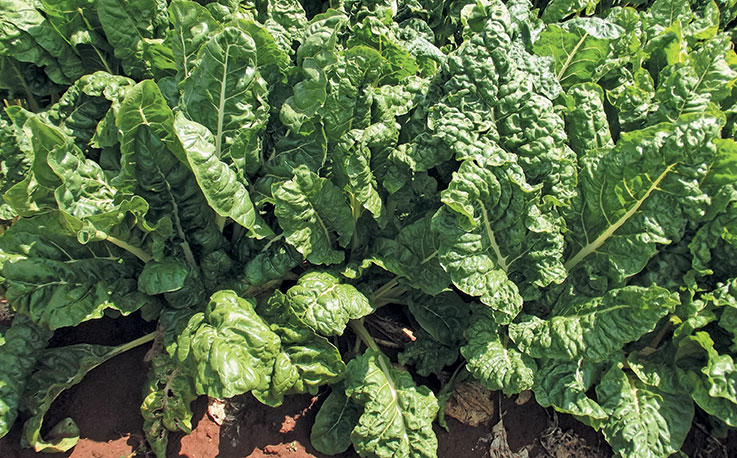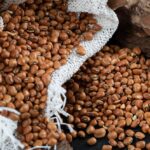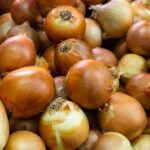Swiss chard is a popular leafy green vegetable known for its vibrant colors and nutritional benefits. However, it can be susceptible to various diseases, including Cercospora leaf spot. Early detection is crucial for effective management, ensuring a healthy crop. Here are ten early signs to watch for:
1. Small, Dark Spots
One of the first indicators of Cercospora leaf spot is the appearance of small, dark brown or black spots on the leaves. These spots usually start out as tiny specks and can grow larger over time.
2. Yellowing Leaf Edges
As the disease progresses, the edges of the affected leaves may start to yellow. This yellowing is often a sign that the leaf is struggling to maintain its health and may indicate nutrient deficiencies.
3. Irregularly Shaped Spots
Unlike some other leaf diseases that produce round spots, Cercospora leaf spot often results in irregularly shaped lesions. This can make it more challenging to diagnose but is a key characteristic of this disease.
4. Leaf Wilting
Affected leaves may begin to wilt, losing their turgor pressure. This wilting can occur even when the plant is adequately watered, indicating that the disease is affecting the plant’s ability to uptake water.
5. Premature Leaf Drop
If you notice leaves dropping from your Swiss chard plants prematurely, it could be a sign of Cercospora leaf spot. The disease can cause leaves to die off early, reducing your overall yield.
6. Dark Centers in Spots
As the disease progresses, the centers of the spots may darken, becoming almost black. This change in color can help distinguish Cercospora leaf spot from other leaf diseases.
7. Brittle Leaf Texture
Affected leaves may become brittle and easily break apart when handled. This change in texture can be an indicator of ongoing damage to the leaf structure.
8. Spread of Lesions
Cercospora leaf spot can spread rapidly, so if you notice that the lesions are multiplying quickly across your plants, it is a strong indication of this disease.
9. Sparse Growth
Plants affected by Cercospora may show stunted growth. If your Swiss chard is not growing as vigorously as expected, it could be suffering from this disease.
10. Weather-Related Outbreaks
Cercospora leaf spot thrives in warm, humid conditions. If you notice symptoms during particularly humid weather, it could indicate a higher likelihood of disease presence.
Management Strategies
If you suspect that your Swiss chard has Cercospora leaf spot, take immediate action. Here are some management strategies:
- Remove Affected Leaves: Prune away any leaves showing symptoms to prevent the spread of the disease.
- Improve Air Circulation: Space plants adequately to improve airflow, reducing humidity around the foliage.
- Use Fungicides: Consider applying fungicides labeled for use against Cercospora leaf spot, following manufacturer instructions carefully.
- Practice Crop Rotation: Avoid planting Swiss chard or related crops in the same location for at least two years to minimize disease recurrence.
Monitoring your Swiss chard plants for early signs of Cercospora leaf spot is essential for maintaining healthy crops. By being vigilant and implementing management strategies, you can minimize the impact of this disease and enjoy a bountiful harvest.







